Author: Kimberly “Kimi” Ramos, Executive Assistant Director
“What does dance mean?”
A student asked me and I was taken aback. I had been an Instructor at MAGIC Dance Arts for 4 years at the time. Yet, in the moment, I struggled with formulating an appropriate response. "Move your arms and feet to the music,” I answered after a few seconds, swaying my body to demonstrate. “Ok!” he said with a smile and scurried across the dance floor.
The student in the story was not new to MAGIC. In fact, he had probably been to class at least 15 times before. He must have heard the word “dance” hundreds of times prior to that incident. MAGIC instructors welcome students by asking if they are ready to dance at the beginning of each session, instruct students to dance during the beloved freeze dance activity, and say goodbye with the dreaded “dance class is over” announcement. As a result, it never dawned on me to explain what “dance” means.
I still recall this interaction often. It highlights the challenges faced by children with communication disorders and the important role that we as educators and professionals have in supporting language development. As a student pursuing her Master’s in Education with a concentration in Speech-Language Pathology, I often think about ways to foster and facilitate language in students’ everyday lives. It strikes me how communication is not something only to be worked on in a therapy room, but in every type of setting— even a dance class. Now, halfway through the last year in my program, I can very clearly see how my journey with MAGIC was a perfect progression toward my career pursuits. The following are lessons that MAGIC students and families have taught me and ultimately shaped me into the soon-to-be clinician I am today.
Lesson #1 Behavior is communication.
We express ourselves in many ways other than the words we speak. When children with language and learning disorders are not able to verbally express themselves, they may act out to convey their wants, needs, and feelings. As a result, I have learned to find meaning in every response. When a student runs away from a circle time activity, I think what is he trying to tell me? He may be trying to escape or avoid the activity, seek attention, or satisfy sensory needs. All of these needs are valid and deserve to be addressed— whether that means granting the need or redirecting the student to a more appropriate behavior that satisfies that need. MAGIC has allowed me to meet a diverse array of students, with an even more diverse array of needs. Consequently, I have learned to understand and interpret their behaviors in efforts to support the expression of their wants and needs in more functional ways.
Lesson #2 Make concepts as explicit as possible.
Children with developmental disorders often have difficulties with abstract language. As a result, it is crucial to use concrete and direct language to describe things. This involves instructing students to do exactly what we want them to do. If I tell a student to “march,” I cannot immediately expect her to know what that means. It’s a word with multiple meanings and isn’t typically heard on a regular basis. Therefore, I must do some analysis: How can I explicitly and directly describe the actions involving in marching? March! Bring your knees up to your stomach and stomp your feet down hard. It takes practice to think more critically of our words— to truly say what we mean and mean what we say. However, doing so will do leaps and bounds for supporting students’ understanding of unfamiliar and challenging concepts.
Lesson #3 Creative expression is important for learning.
Creative expression allows children to communicate their thoughts and feelings, without the need for words. Forms of creative expression include painting, drawing, writing, singing, playing and—of course— dancing! Through creative expression, children interact with the world around them in a different way by internalizing information and responding via an alternative mode of communication. Through dancing along to music, children develop coordination and balance. Singing and listening to the lyrics of a song support language and literacy skills. All these are ways in which children learn functional skills outside of a typical structured therapy session, while also having fun!
Lesson #4 Collaboration is key.
In MAGIC, I often worked alongside fellow instructors to lead classes. Sometimes, I would facilitate class with the help of behavior therapists at behavioral therapy centers or special education teachers and paraprofessionals in a classroom setting. It was important to not only engage with students, but also the adults that work with them. Including the adults in the dance activities and lessons allowed them to explore movement and expression for themselves. This is incredibly important because in order to maximize student understanding of a given task at hand, we as educators must be able to complete a task and describe it accordingly (see lesson #2). I’ve also worked with parents— giving suggestions to facilitate language, informing them on behavioral observations I noted during class, and summarizing their child’s progress in class. Collaborating with all the adults in a student’s life is critical in order to support the generalization of motor, social, and communication skills across all settings.
My hope is that these lessons shine some light on the challenges our students face and the steps we as educators, caregivers, and other professionals can do to support communication and language.

